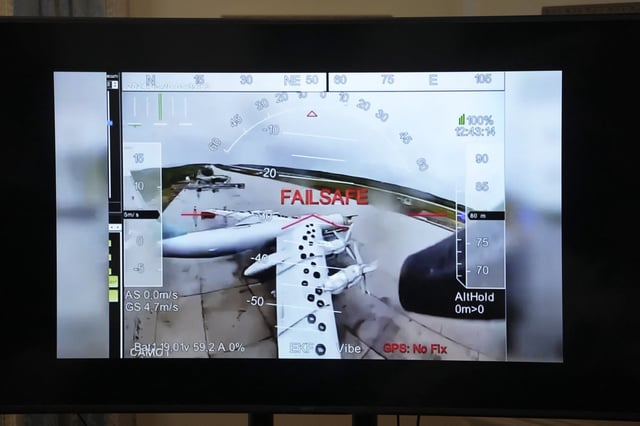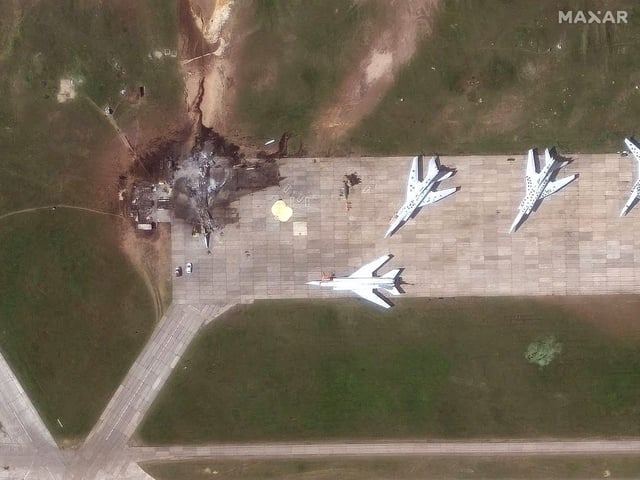Overview
- The SBU established a front logistics firm in Chelyabinsk, renting offices and warehouses beside an FSB branch and acquiring five trucks to conceal mission equipment
- Operators hid roughly 150 combat FPV drones in autonomous wooden cabins outfitted with EcoFlow batteries and solar panels to sustain operations in temperatures down to –40 °C
- Each drone featured multiple communication systems and carried two 800-gram cumulative-effect warheads designed to burn through aircraft fuselages and detonate inside
- Smuggling tactics drew on drug-cartel models and relied on corrupt Russian customs officials to move the cabins and drones deep into enemy territory without arousing suspicion
- Operation Spiderweb damaged about 41 strategic bombers, inflicted an estimated $7 billion in equipment losses and spurred Russia to bolster its airfields with hardened shelters


